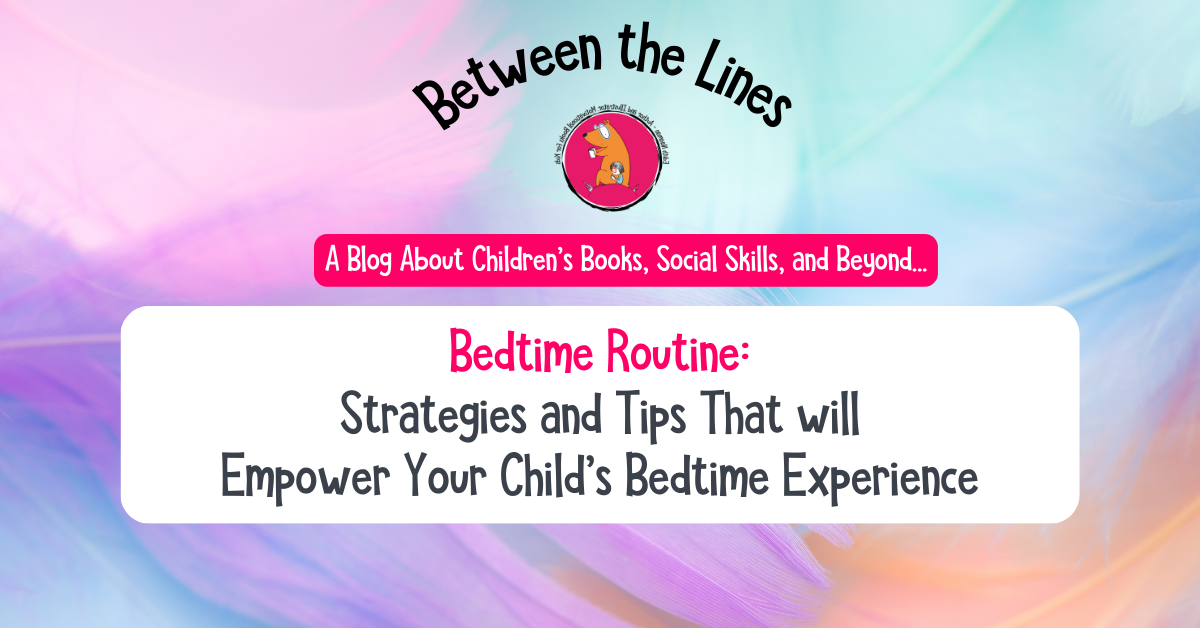Bedtime is a critical part of the day for toddlers, young children, and the whole family. It helps prepare the body and mind for sleep, gives children a sense of security and order, and allows them to wind down after a busy day full of experiences. It’s a wonderful opportunity to bond with your kids through hugs, kisses, and special time together.
However, the transition from the busy day to bedtime can easily turn into a power struggle, ranging from stalling and avoidance at best to tantrums, tears, and even verbal clashes when everyone is tired, and the situation spirals out of control.
Sound familiar? Do your toddlers or young children struggle to part with their daytime activities when evening arrives? What can you do to ease this transition and make it a positive, empowering experience? Keep reading for actionable solutions you can try tonight.
Bedtime Routine: 3 Parenting Strategies for an Empowering Bedtime
When children are tired and uncooperative, creativity and smart tools can help overcome resistance and lead them to a pleasant and empowering bedtime. Here are three strategies to try:
- Empower Them Through Cooperation
Children aged 2-6 are more likely to cooperate when they feel they play an active role in the process and have some control within defined boundaries.
For example, let them make small decisions that allow them to feel involved:- Choosing between two sets of pajamas.
- Deciding whether to tidy up toys or take a bath first.
- Use Empowering Language
Not all toddlers can complete bedtime tasks on their own. Especially with younger children, instead of praising their ability to do tasks alone, focus on praising their cooperation and understanding of the importance of each activity.
For example:- “Great job understanding how important it is to brush your teeth properly and letting me help you!”
- “You chose your pajamas like a big kid. I’m so proud of you!”
- Turn Bedtime into a Game
Make the different stages of the bedtime routine into fun and engaging games. Playfulness creates a positive atmosphere, boosts motivation, and makes the process enjoyable.
For example:- While tidying up toys: “Who can find the right place for each toy the fastest?”
- During bath time: “Who can catch the most soap bubbles?” (If there’s only one child, you can take on the role of the competitor!)
Bedtime Routine: 3 Practical Tips for a Smooth Transition to Sleep
In addition to the broader strategies for overcoming resistance, here are three practical tips to help your child drift into sleep more easily:
- Gradually Lower Activity Levels
Dedicate the last 30 minutes before bedtime to calm activities, like reading a story, having a quiet conversation, or singing a lullaby. This gradual transition helps the body shift into rest mode, leading to natural and peaceful sleep. - Create a Personal “Magic Moment” for Your Child
Spend a few minutes recapping the day, focusing on positive and pleasant experiences. For instance, ask:- “What made you happiest today?”
- “What would you like to dream about tonight?”
- Adjust the Environment to Promote Relaxation
Beyond calming activities, create a physical environment that supports relaxation and comfort. For example:- Dim the main lights and use a soft nightlight.
- Ensure the room temperature is just right—not too hot or cold.
- End the evening with a perfect combination of a hug, a kiss, and a bedtime story.
Bottom Line
Bedtime is a crucial part of the day for toddlers and young children—and for the entire family.
As you’ve learned in this article, helping children transition smoothly from the day to restful sleep involves empowering them through cooperation, using positive language, overcoming resistance with playfulness, and creating a calm and comforting environment.
Goodnight, Abigail
Like many toddlers, little Abigail struggles to say goodbye to her day. Luckily, her big sister steps in to help with fun and imaginative games that guide Abigail step by step into a restful night’s sleep.
This delightful book is all about teamwork, creativity, and imaginative problem-solving that helps overcome challenges and find unexpected solutions. It’s the first in the Growing with Abigail series, focusing on the skills and experiences of toddlers and young children aged 2-6. With heartwarming illustrations, charming rhymes, and a captivating rhythm, this book invites you to join Abigail in her bedtime adventures.
Your Turn
Did you enjoy this article? Share it with your friends!
Want to help your child embrace their bedtime routine and end the day with a smile?
Click the link below now to get for them the book Goodnight, Abigail.
And don’t forget to leave a review and share with me what did you think? What did you learn? And what did your child love most about the book?

